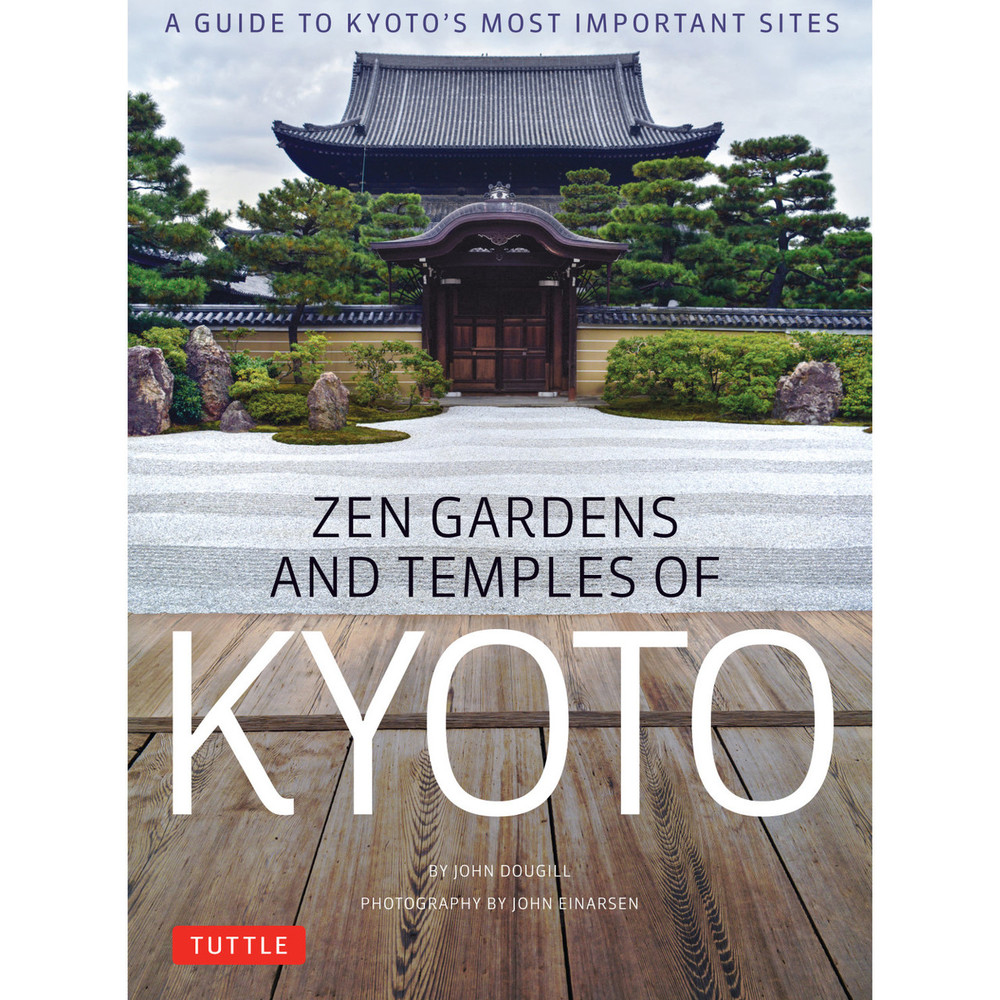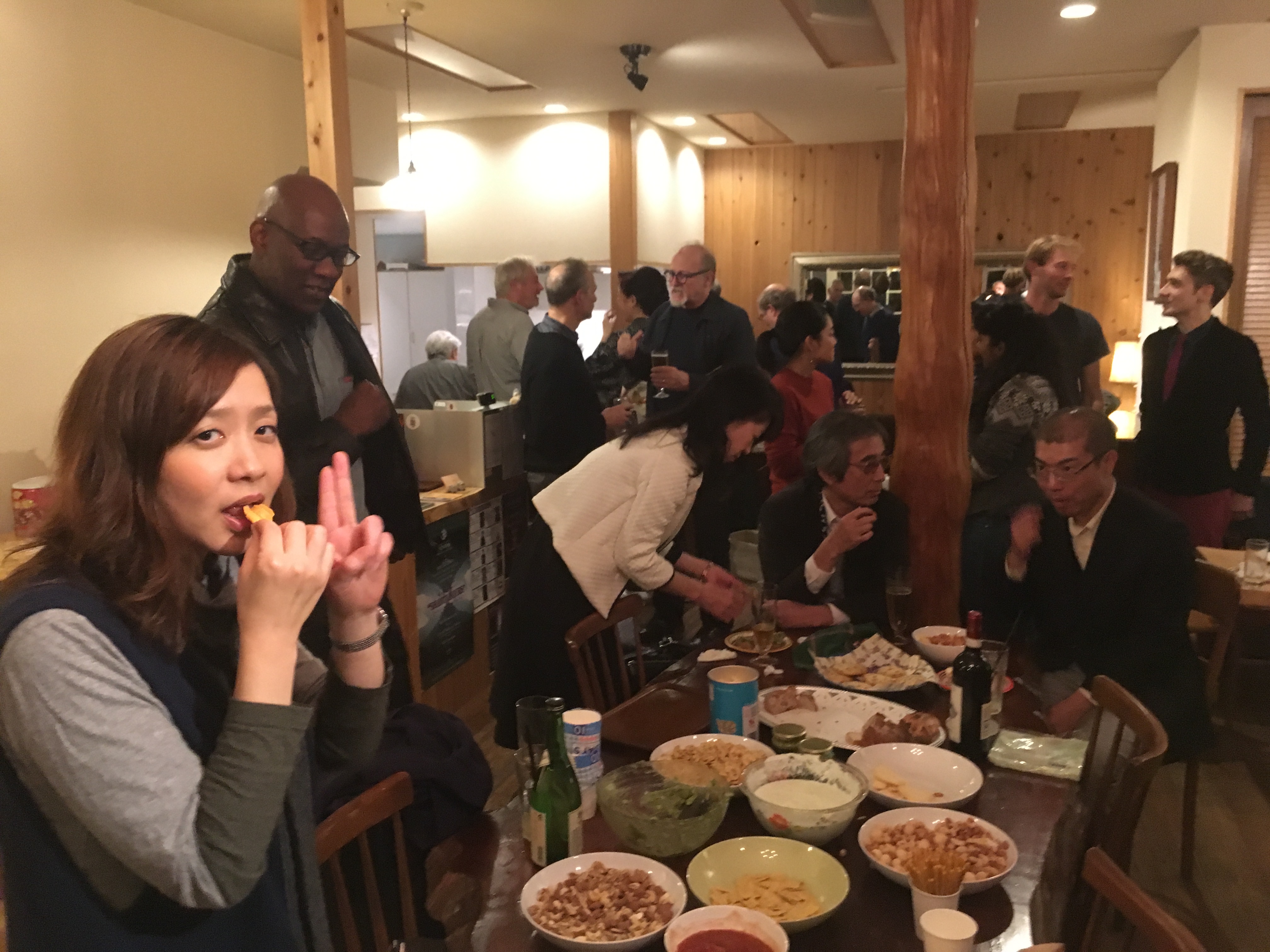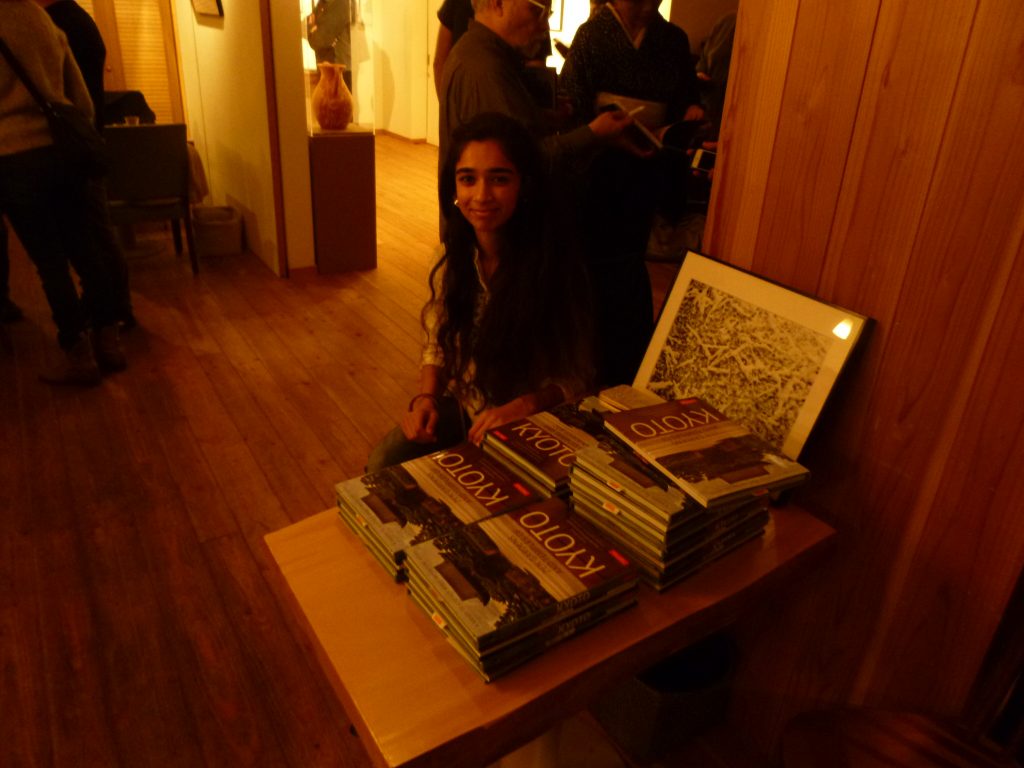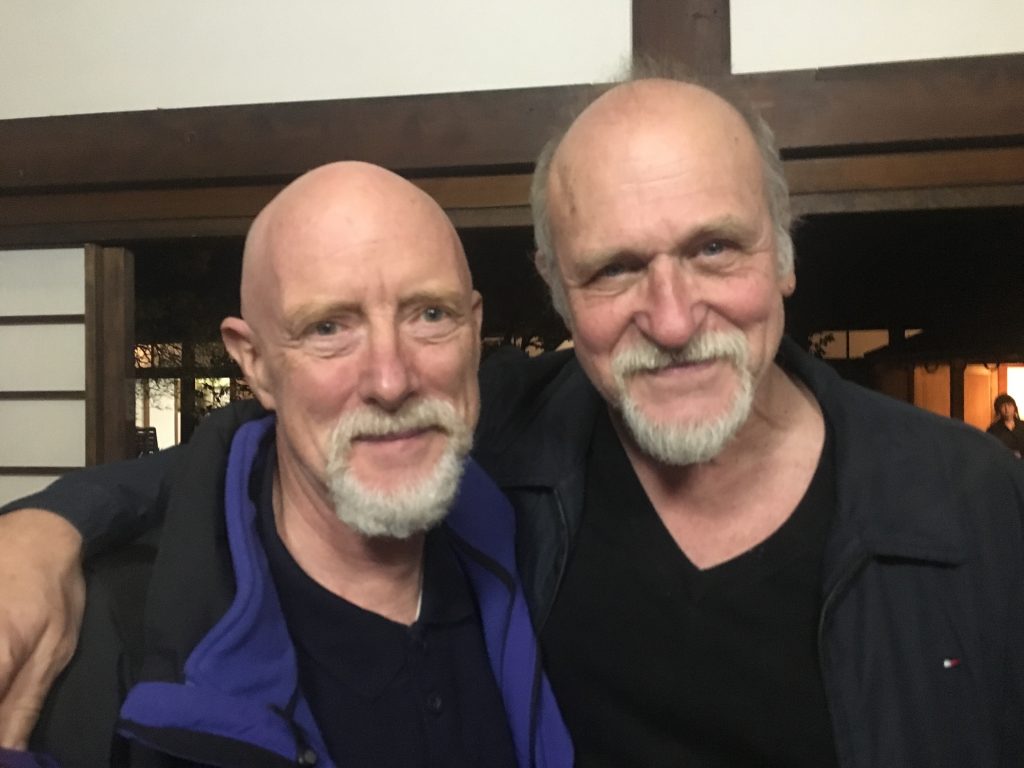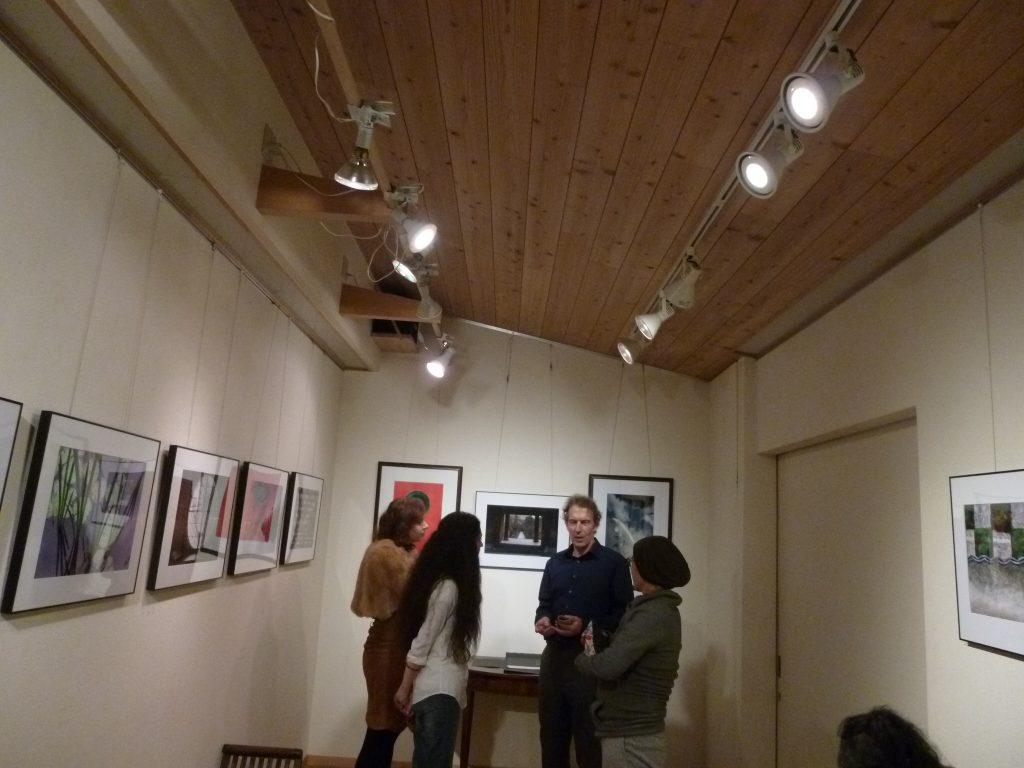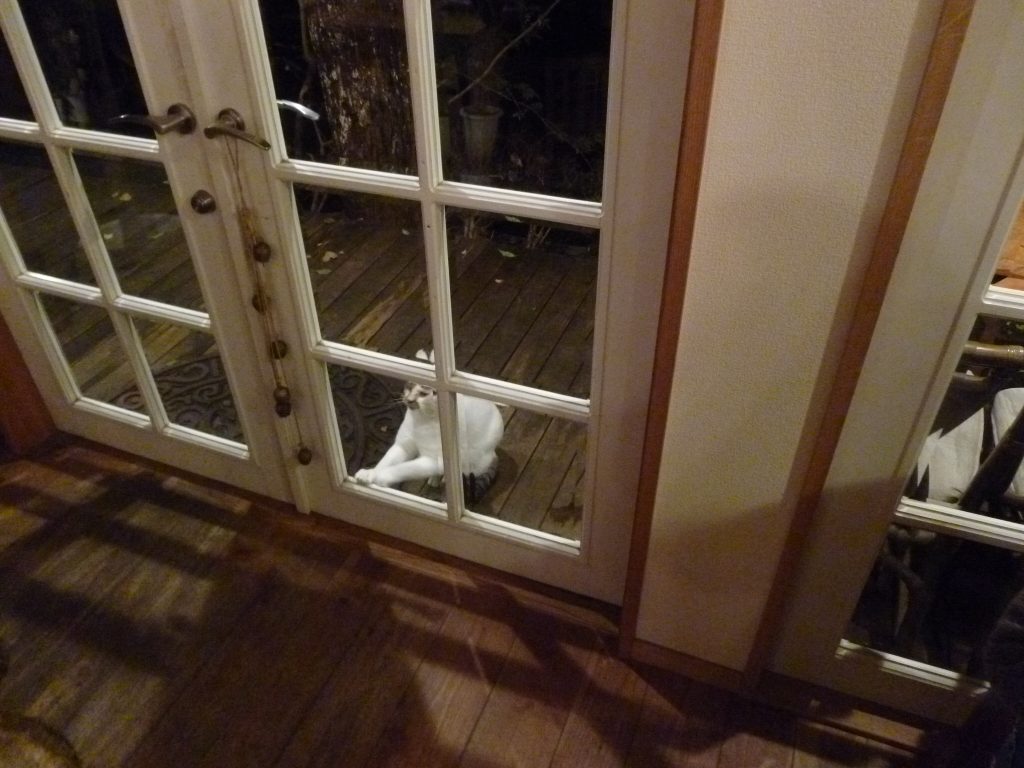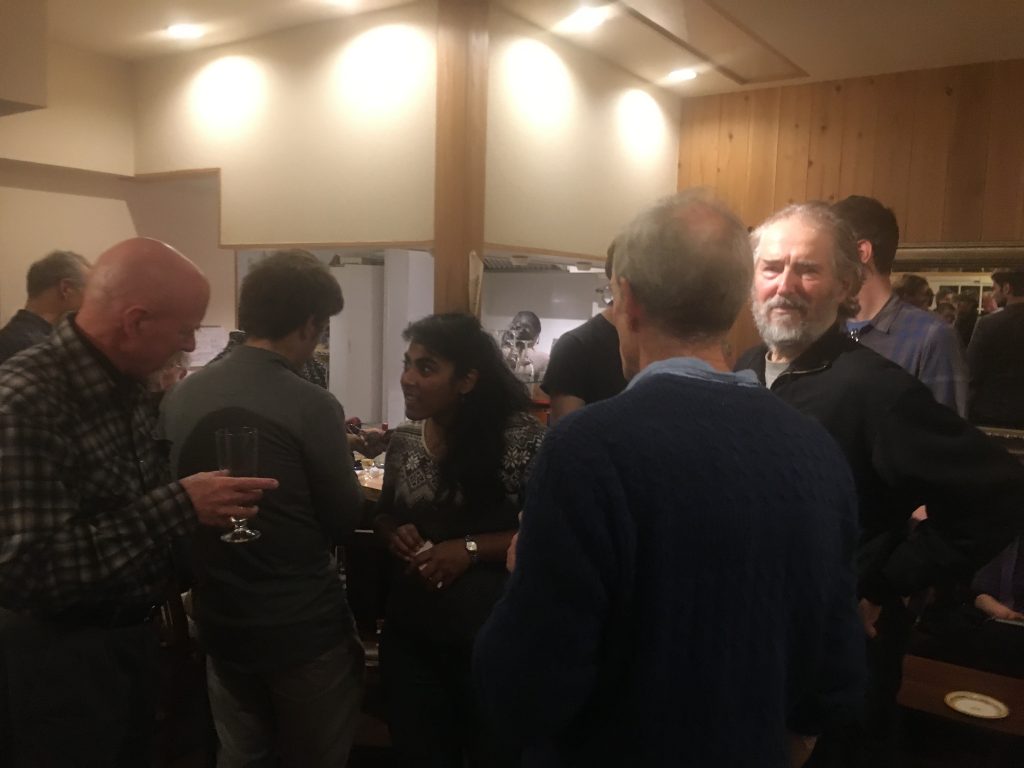
Book Launch Nov 18, 2017
Report by Andrew Sokulski Zozaya, WiK intern
Saturday night a splendid celebration was held in high spirits for the book launch of John Dougill and John Einarsen’s Zen Gardens and Temples of Kyoto. There were writers, artists, scholars, priests, tour guides and Kyoto Journal interns in the audience. A wonderful musical performance was held, alongside delicious side dishes and an exhibition of inspirational photos taken by John Einarsen.
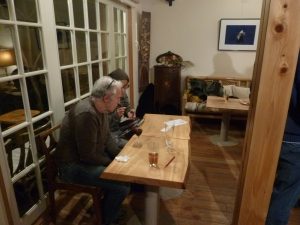
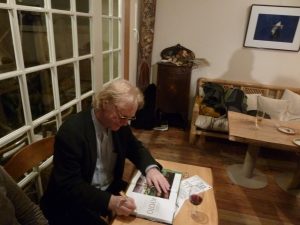
While at the event I was able to talk some of the people there including Paul Carty from Ryukoku University and Hirisha Mehta, a graphic designer for the Kyoto Journal. Talking to Paul Carty was intriguing for his connection to my college, the New School in NY. In speaking about the differences with Japan, he remarked how he believes literature to be one of the hardest degrees to obtain within the United States. Hearing this I thought back to John Dougill’s speech and his remark about how strenuous the Zen path was. Come to think of it, you could say both writing of one’s emotions in detail and finding peace and faith where there is no tangible attachment are two paths toward clarity.
Turning to the book, Hirisha Mehta seemed enthralled with the pictures and content of Zen Gardens and Temples of Kyoto. Being from a design background, she sees the details and how they add up to create an overall atmosphere. For instance, she talked of the daily maintenance of the rock gardens within Zen temples such as Ryoanji, which takes a lot of painstaking time and involves complex circular formations with precise width that contribute to the general calm of the environment.
I also talked with Stephen Gill, founder of the Hailstone Poetry Circle, and as we were looking at John Einarsen’s photos he spoke of how a photo of snow on a temple’s roof could be a wonderful subject for haiku, for something unseen below the roof could be suggested in the poem. Being that Zen and poetry are not far separated, it is pleasant to muse on the different ways in which pictures can be interpreted and stimulate writing. In this sense the well crafted words of John Dougill provide context and balance for the stimulating photos of John Einarsen, and of the specific intricacies of what was called ‘Kyoto Zen’ through doing so.
All in all, everyone clearly enjoyed the music, the food, the interaction and the exhibition pictures. It’s sure to lead to word of mouth recommendations to friends and others. Instead of Zen being treated just as a pop culture icon, those who come to it through this book will learn of it culturally and historically through the filter of John Dougill’s fine words and John Einarsen’s discerning eye.
